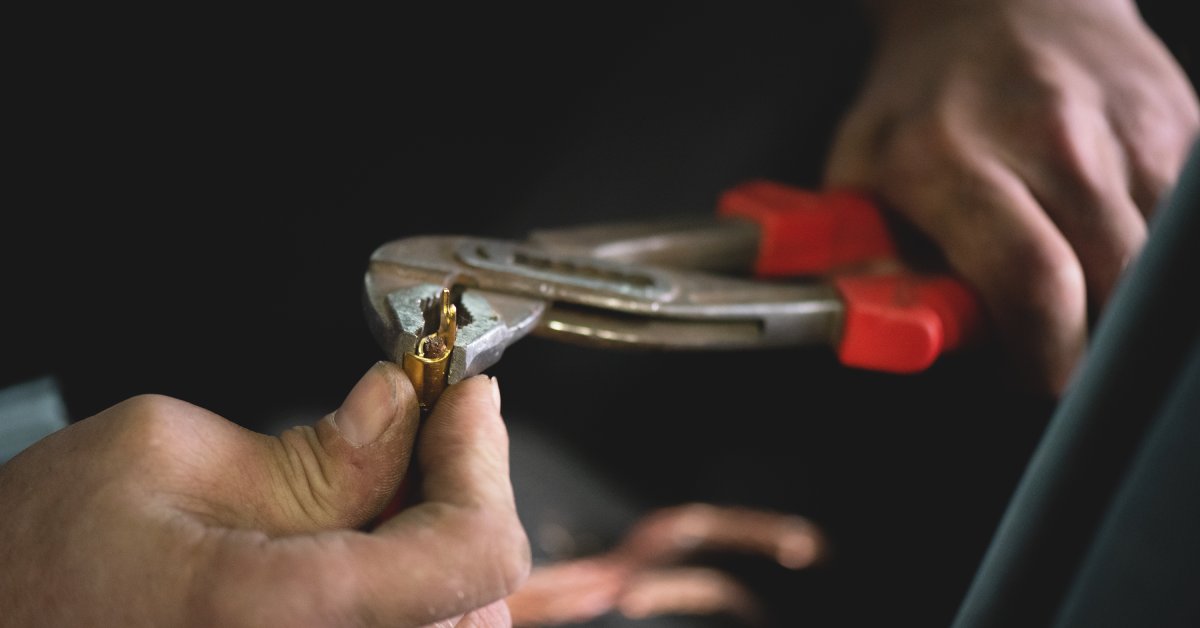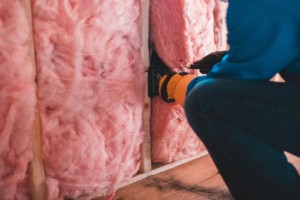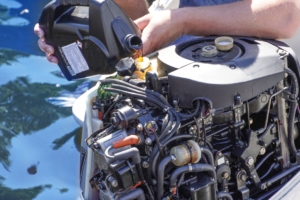Should You Solder or Crimp Automotive Wires?

If you’re doing electrical work on your vehicle, chances are you’ll run across two wires that you need to connect. The most popular methods for doing so are soldering and crimping. But which should you use for automotive wires? Read on to find out!
What Is Soldering?
Soldering is a process that joins two or more wires using a melted metal alloy called solder. By heating the wires and the solder, you create a durable electrical and mechanical connection.
Additionally, soldering calls for specific tools, including a soldering iron and heat-shrink tubing, which helps protect the connection from exposure to moisture or corrosion. While soldering provides excellent conductivity and can create clean, professional-looking repairs, it does require some practice and a steady hand to execute properly.
What Is Crimping?
Crimping involves compressing a metal connector onto the ends of the wires using a crimping tool. This method creates a tight and reliable mechanical bond that resists vibration and maintains electrical conductivity.
Crimping is faster and more straightforward than soldering. Proper crimping does not require heat or additional materials.
Which Is Best?
Generally, people who do a lot of electrical work on vehicles prefer crimping to soldering. Here’s why:
- Crimping, when done correctly, is more secure than soldering.
- Crimped connections are more flexible and can therefore handle vibration and jostling more effectively than soldered connections.
That said, here’s the case for soldering:
- Soldering forms a chemical bond between the two wires, forming a slightly better electrical connection.
- Soldering is less bulky.
In the end, the absolute best method is often a combination of crimping and soldering. If you have to pick one, however, then crimping is probably best.
Other Ways To Connect Wires
Beyond soldering and crimping, there are other ways to customize automotive connectors for specific applications. Screw terminals, for example, provide a reusable and secure option but tend to be bulkier. Wire nuts are another alternative but are rarely used in automotive settings due to their susceptibility to vibration-induced loosening. Additionally, heat-shrink butt connectors combine the principles of soldering and crimping, offering a hybrid solution.
When deciding whether you should solder or crimp automotive wires, evaluate the requirements of your project and choose the option that aligns best with your goals. Both methods provide dependable connections and, when done correctly and together, contribute to a safe and effective electrical system.





